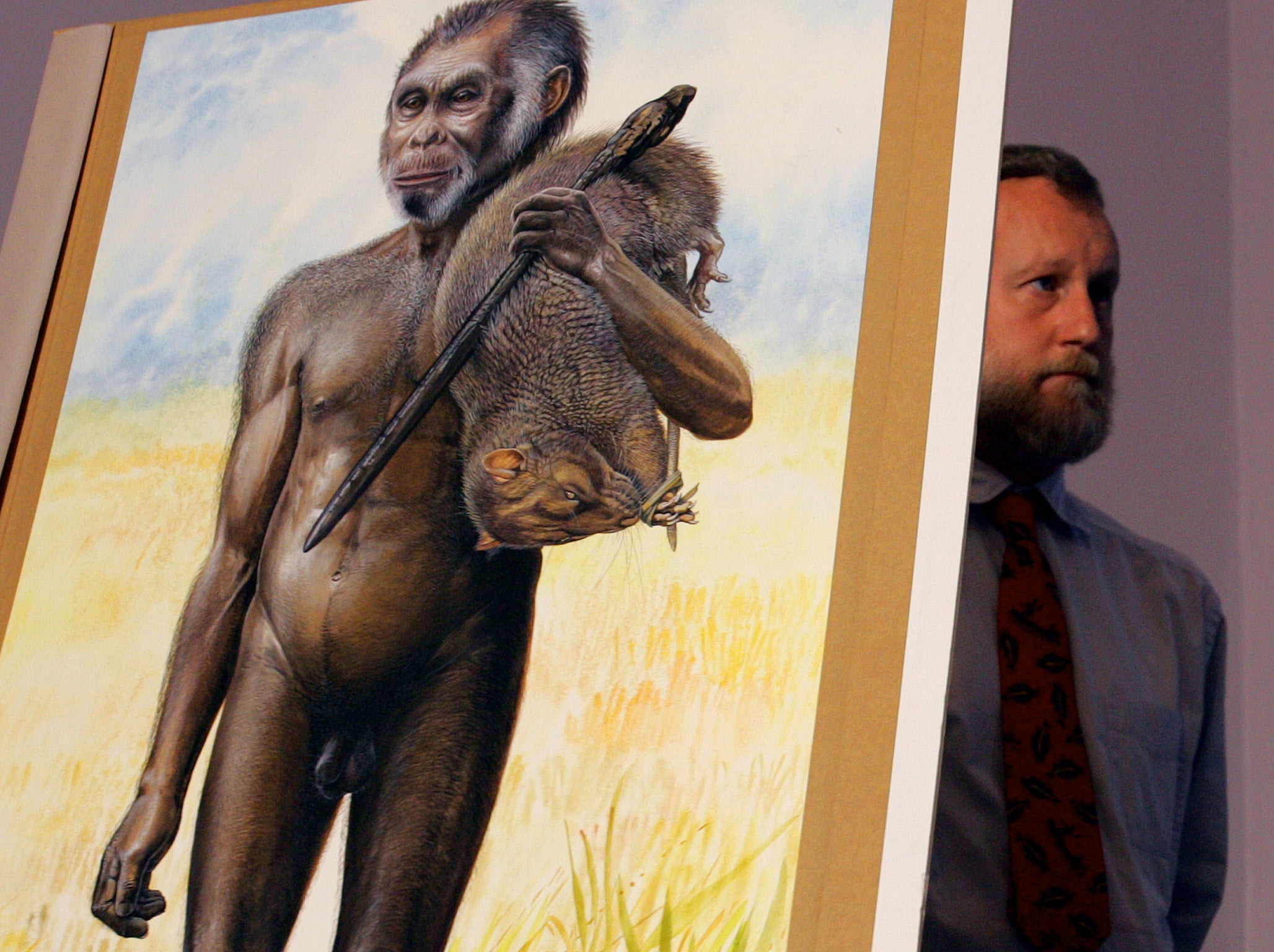'Hobbits' found on an Indonesian island aren't related to us, scientists say
The apparent solving of one mystery will open up another, about the true origins of the Homo floresiensis

Your support helps us to tell the story
From reproductive rights to climate change to Big Tech, The Independent is on the ground when the story is developing. Whether it's investigating the financials of Elon Musk's pro-Trump PAC or producing our latest documentary, 'The A Word', which shines a light on the American women fighting for reproductive rights, we know how important it is to parse out the facts from the messaging.
At such a critical moment in US history, we need reporters on the ground. Your donation allows us to keep sending journalists to speak to both sides of the story.
The Independent is trusted by Americans across the entire political spectrum. And unlike many other quality news outlets, we choose not to lock Americans out of our reporting and analysis with paywalls. We believe quality journalism should be available to everyone, paid for by those who can afford it.
Your support makes all the difference.Little humans that were found on an Indonesian island weren’t humans like we are, according to a new study.
The Homo floresiensis — which have been called “hobbits” because they looked like small humans — were actually part of a distinct species. By looking at the layers in the specimen skulls, scientists said that they found no characteristics of humans.
The discovery could bring an end to one of the most heated arguments in anthropology. But it will open up a new one, about whether the specimens are descended from another known species or came from somewhere else entirely, and how they originated.
They are much smaller than early humans, with an adult being about a metre tall and weighing roughly 55 pounds. They lived on the island with other animals such as the Stegodon, which was like a small elephant.
Arguments about Homo floresiensis have usually come down to the question of whether they were became small because of their harsh environment, or were early humans who had become smaller because of a genetic disease.
Often heated arguments have been ongoing since the specimens were discovered on the island of Flores in 2003.
The environmental theory claims that the species lived together on the small island, in a little group. Through a process called “insular dwarfing”, they would have found themselves on the island and become smaller as a result of the decreasing food supply.
But they might also have been humans who became smaller because of a genetic disease, another theory proposes. As a result of problems like dwarf cretinism or microcephaly, their bodies may have become gradually changed and the issue could have been passed on through generations.
The new work used tools that mapped the bone’s thickness, and explore how it matched up with other species. The researchers found “no characteristics from our species”, they told AFP.
However, researchers are now faced by another mystery. It isn’t clear whether the “hobbits” were Homo erectus, or whether they were their own, smaller species..
Join our commenting forum
Join thought-provoking conversations, follow other Independent readers and see their replies
Comments